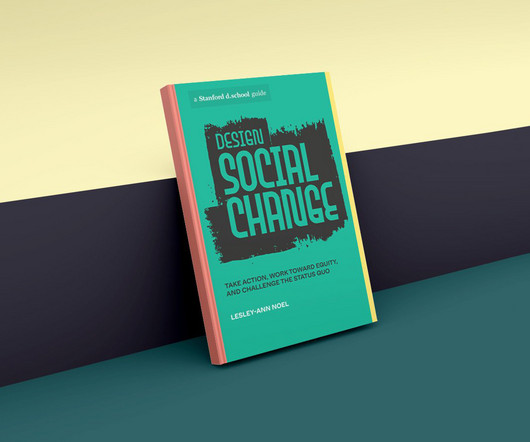Facial Recognition Technology’s Enduring Threat to Civil Liberties
NonProfit Quarterly
DECEMBER 21, 2023
Innovators, company founders, and other tech enthusiasts have long tried to sell the public on the idea that AI will create a path to a brighter future. AJL combines “art and research to illuminate the social implications and harms of AI.”

















Let's personalize your content